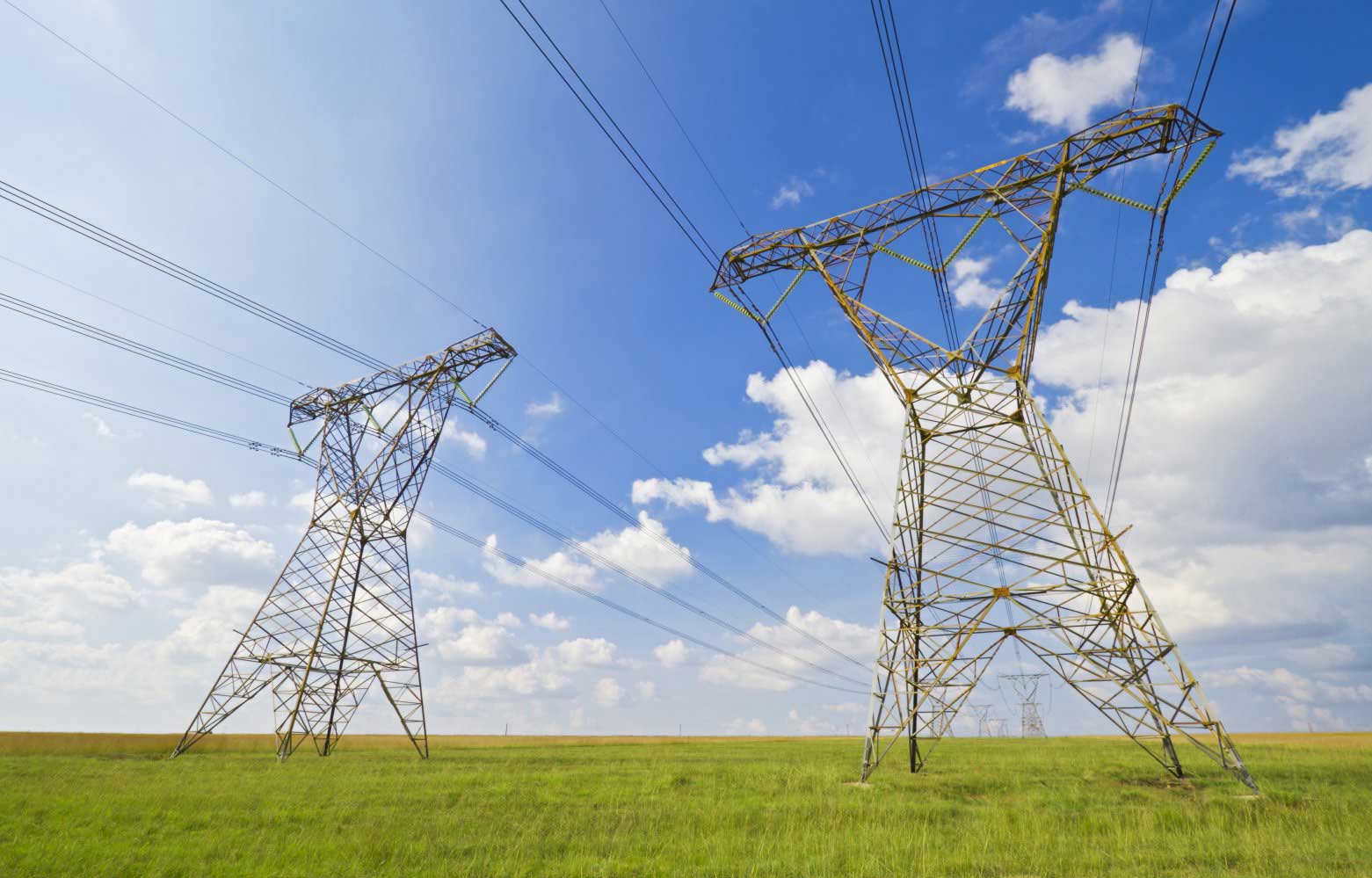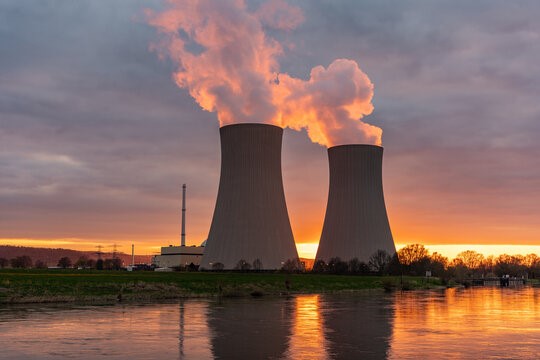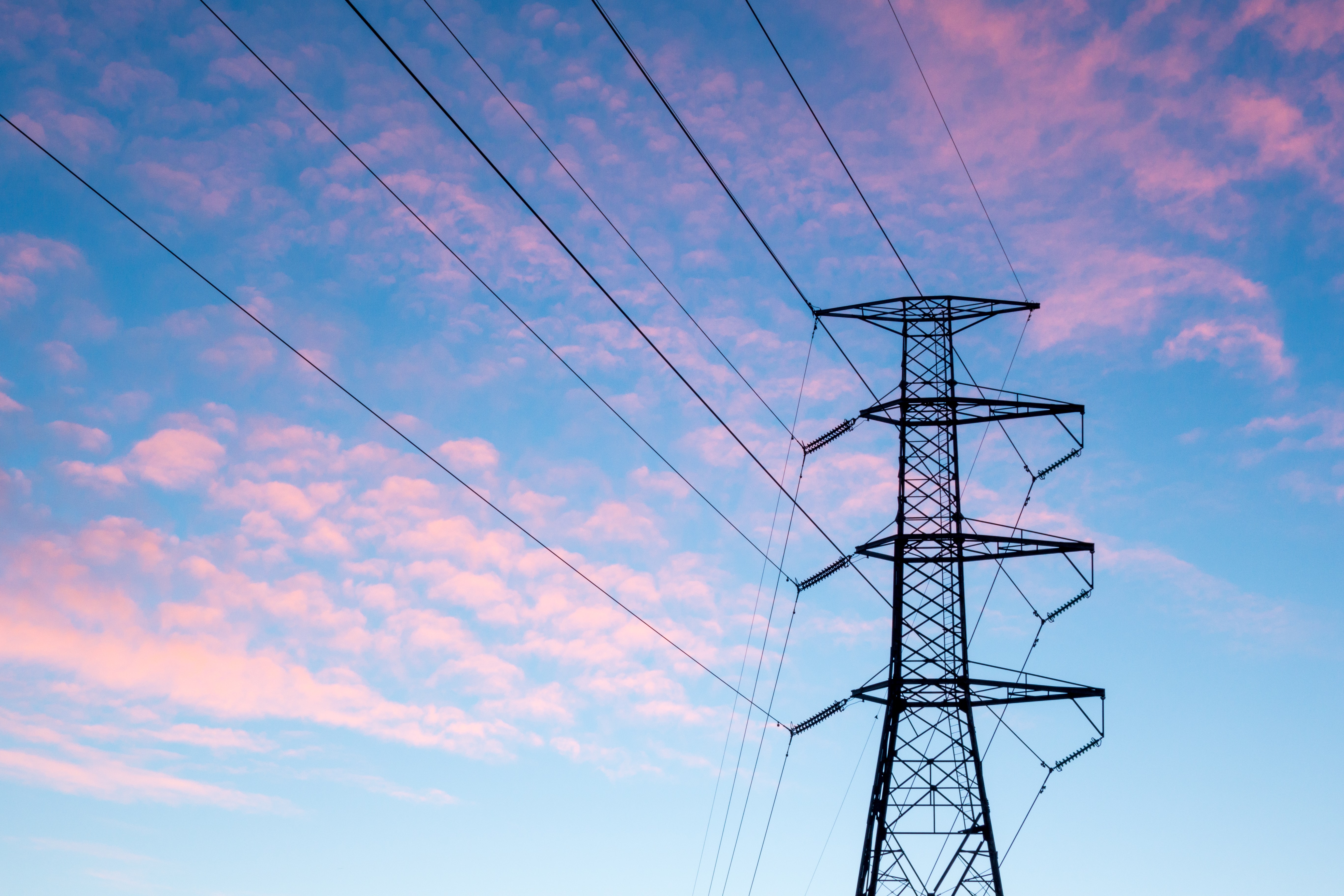Eninrac Insight: Analysing the impacts of the provided order (Petition No. 11/SM/2024) dated 22nd December 2024, by the Central Electricity Regulatory Commission (CERC) involves understanding the broader consequences on various stakeholders involved in the electricity generation and distribution ecosystem. The impact upon each stakeholder is enlisted as under:
Stakeholders Impact Analysis:
-
Renewable Power Developers (RPDs):
- Clarity in Scheduling Modalities: The explicit provision for scheduling infirm power provides much-needed regulatory certainty, enabling better planning for testing, commissioning, and pre-COD injections.
- Flexibility in Trial Runs: The relaxation on the number of trial run instalments for larger capacity projects (250 MW+) reduces logistical and operational pressures, facilitating smoother transitions.
- Market Opportunities: The ability to sell power post-successful trial operation after offering it to contracted beneficiaries opens revenue streams for developers.
- Regulatory Compliance Costs: Compliance with detailed technical standards (e.g., CEA connectivity standards) and requirements for trial run certification may increase administrative and operational expenses.
-
Grid Operators (NLDCs, RLDCs)
- Operational Oversight: Clear guidelines for scheduling infirm power pre-COD help RLDCs ensure grid stability, balancing injections during testing phases.
- Data Management: Increased administrative tasks to maintain detailed records of infirm power injections and associated pre-COD activities.
- Coordination Demands: Greater interaction with developers and intermediary procurers for certification and scheduling.
-
Beneficiaries (Discoms, Procurers):
- First Refusal Rights: Beneficiaries gain priority access to power post-trial runs, ensuring contracted obligations are met.
- Supply Assurance: Provisions ensure power availability during the pre-COD phase for procurers relying on RE developers.
- Potential Cost Variations: The inability to respond within stipulated timelines may lead to opportunity losses, as developers could sell power in the market.
-
Consumers:
- Grid Stability Benefits: Improved regulatory mechanisms for scheduling and testing enhance overall grid reliability, indirectly benefiting end consumers through fewer disruptions.
- Long-term Cost Benefits: Streamlined processes for integrating RE into the grid can reduce the cost of renewable energy adoption over time.
-
Regulators:
- Alignment with Energy Goals: The provisions support India’s renewable energy targets, ensuring a smoother integration of RE into the energy mix.
- Policy Iteration Needs: Regular updates to the Grid Code to address operational challenges may require continuous engagement with stakeholders.
Broader Implications:
-
Market Dynamics:
- Encourages investment in large-scale renewable projects by ensuring operational and financial predictability for developers.
- Strengthens the ancillary services market as developers utilize bilateral contracts or market mechanisms like I-DAM/HP-DAM.
-
Environmental Impact:
- Accelerates the transition to renewables by simplifying processes for developers, reducing dependence on fossil fuels, and promoting clean energy solutions.
-
Economic Impact:
- Enhanced RE integration supports economic growth through job creation in commissioning, operations, and grid management.
- Potential reduction in system costs from improved grid stability and optimized resource utilization.
-
Consumers:
- Grid Stability Benefits: Improved regulatory mechanisms for scheduling and testing enhance overall grid reliability, indirectly benefiting end consumers through fewer disruptions.
- Long-term Cost Benefits: Streamlined processes for integrating RE into the grid can reduce the cost of renewable energy adoption over time.
-
Challenges:
- Enforcement and monitoring of compliance with technical and scheduling norms could pose challenges for RLDCs and regulatory bodies.
- Delays in amendment processes for Grid Code updates might create temporary ambiguities.




